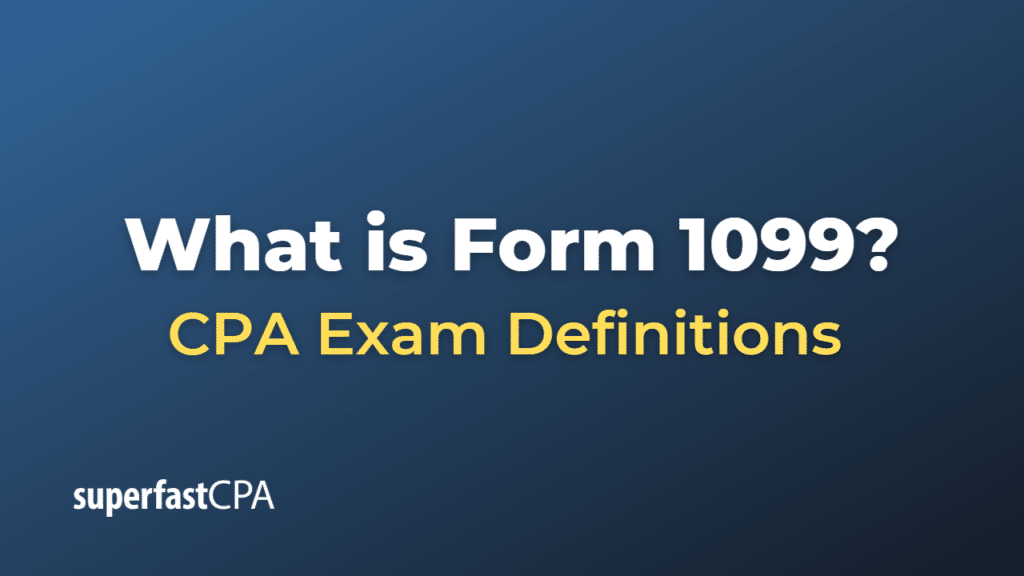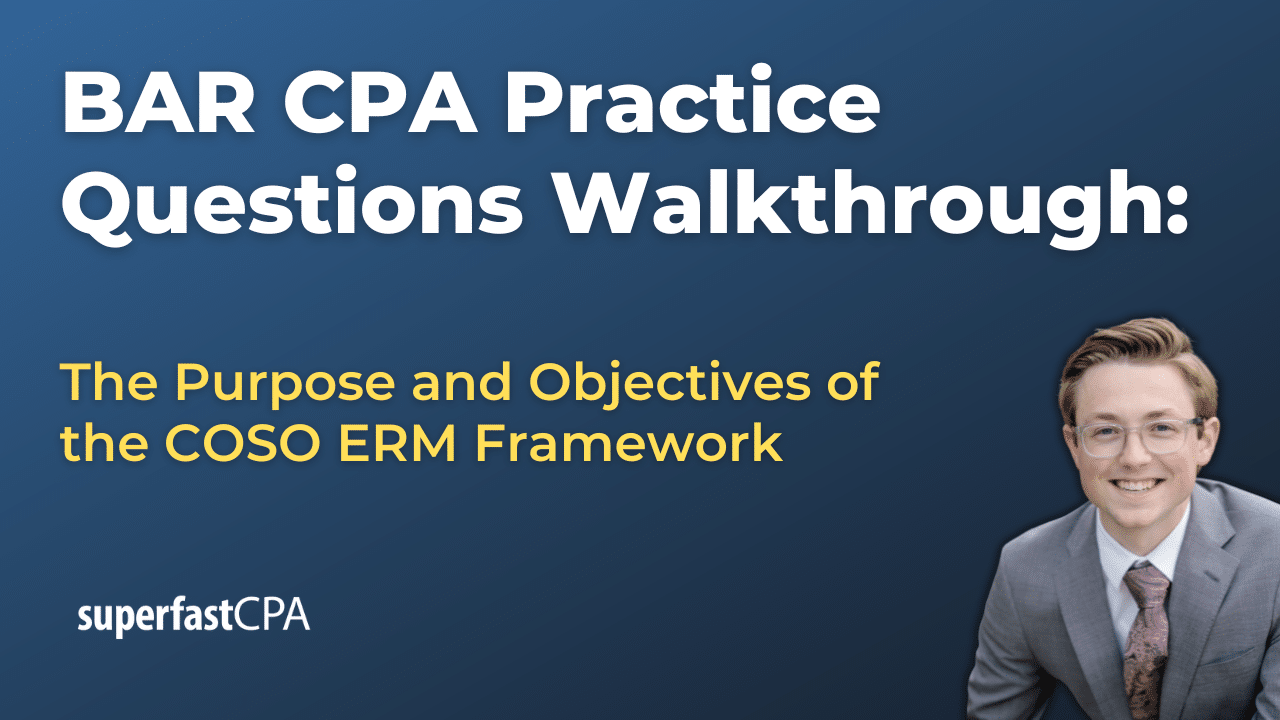Form 1099
Form 1099 is a type of IRS tax form in the United States that is used to report various types of income that an individual or business receives during the tax year. This income can come from sources other than wages, salaries, or tips, which are typically reported on a Form W-2.
There are several types of 1099 forms to cover different kinds of income, including:
- Form 1099-MISC: This form is used to report miscellaneous income, such as rents, prizes and awards, medical and health care payments, and payments to an attorney.
- Form 1099-INT: This form is used to report interest income.
- Form 1099-DIV: This form is used to report dividend income and capital gains distributions.
- Form 1099-G: This form is used to report certain government payments, like unemployment compensation or state and local tax refunds.
- Form 1099-R: This form is used to report distributions from retirement or profit-sharing plans, IRAs, annuities, and pensions.
- Form 1099-C: This form is used to report a cancellation of debt by a financial institution, federal government, credit union, or any organization that lends money.
If you receive a 1099 form, it means you’ve received income from a source outside of your regular employment, and you’ll need to report this income on your tax return. You should receive a 1099 form by January 31 if you received $600 or more in income from the payor. Even if you do not receive a 1099 (for example, if you earned less than $600), you are still required to report the income to the IRS.
The entity or person who pays you is required to fill out the appropriate 1099 tax form and send copies to both you and the IRS. It’s a good practice to check the information on the form for accuracy and report any discrepancies to the issuer for correction before filing your taxes.
Example of Form 1099
Imagine you are a freelance graphic designer, and during the tax year, you worked for multiple clients. Each client paid you more than $600 for your services. At the end of the year, each client will fill out a Form 1099-NEC (Nonemployee Compensation), reporting the amount they paid to you. They will send a copy to you and a copy to the IRS.
When you receive your 1099-NEC forms, you will see the amount each client paid you during the year in Box 1 (Nonemployee compensation). You need to report this income on your tax return.
In addition to your freelance income, suppose you also have a savings account that earned $50 in interest during the year. The bank will send you a Form 1099-INT, which reports this interest income. Even though the bank isn’t required to send you a Form 1099-INT if the amount is less than $10, you’re still required to report this income on your tax return.
Now, when you’re filing your taxes, you will include this 1099 income along with any other income you earned during the year. You’ll report your freelance income on Schedule C (Profit or Loss From Business) and the interest income on Schedule B (Interest and Ordinary Dividends), which will be included with your Form 1040 (U.S. Individual Income Tax Return).
This example illustrates how Form 1099 is used to report different types of income that are not covered by the traditional Form W-2, and how you would use this information when filing your taxes. Remember, it’s important to keep track of all the income you receive throughout the year, whether or not you receive a 1099, so you can accurately report your income to the IRS.













